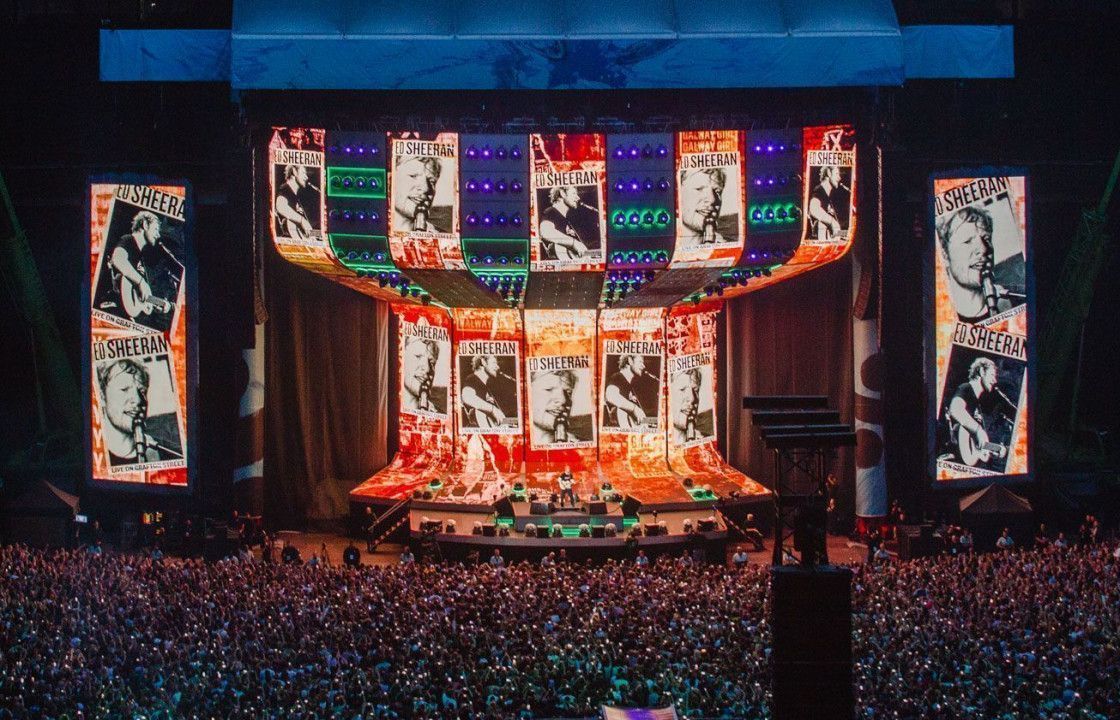Investigating the Efficacy of Various Light Emitting Diode Wall Adjustment Methods for Optimal Sight Performance
Wiki Article
Light Emitting Diode displays have become progressively favored in various settings, including theater venues, musical events, and business gatherings. These large displays provide vibrant colors and sharp images, making them ideal for graphic displays. However, to attain the optimal display performance, proper calibration of Light Emitting Diode screens is essential. Calibration refers to the method of modifying the screen parameters to ensure that colors, brightness, and differentiation are accurate and consistent. Different calibration methods can considerably influence the overall quality of the display experience, making it important to explore the effectiveness of these methods.
One frequent method for tuning LED screens is manual tuning. This approach involves modifying the settings by hand, often using specialized tools and programs. Technicians typically analyze the screen's hue precision and brightness levels, making modifications based on their findings. Handheld calibration allows for a significant degree of personalization, as technicians can tailor the settings to the specific setting and material being shown. However, this approach can be labor-intensive and requires a skilled technician to attain optimal results. Despite its difficulties, manual calibration can lead to impressive visual performance when done correctly.
Another popular calibration technique is the application of automated tuning. This approach uses programs and devices to measure the display's performance and make adjustments automatically. Automatic calibration can save hours and minimize the potential for human error, as the program can rapidly analyze the display and implement the required changes. This method is particularly beneficial in environments where the LED wall is find more information frequently used for various types of material, as it can adjust to different lighting conditions and material needs. While automatic calibration may not provide the identical level of personalization as manual calibration, it can still deliver excellent outcomes for many applications.

A thirdly technique worth mentioning is the application of hue tuning instruments. These devices, such as color measurement devices and spectral analyzers, assess the color results of the LED screen and help ensure that the hues shown are correct. By using these instruments, technicians can identify any discrepancies in hue representation and make the required adjustments. This method is especially important for applications where hue precision is essential, such as in visual art or video creation. Hue calibration tools can enhance the total display performance of LED screens, guaranteeing that the audience sees the desired hues and elements.
In conclusion, the efficacy of different LED wall calibration methods plays a vital role in achieving optimal visual quality. Handheld tuning offers personalization but can be time-consuming, while automated tuning provides efficiency and consistency. Additionally, color tuning instruments help confirm accurate hue reproduction, which is vital for many uses. By understanding and employing these calibration techniques, specialists can improve the display experience for audiences, making Light Emitting Diode walls an even effective instrument for communication and entertainment. As innovation continues to progress, ongoing study and evolution in calibration techniques will likely lead to even improved display performance in the future.